Every Radeon RX 6600 XT Graphics Card Announced for the US
The AIB-only release of the AMD RX 6600 XT has options for (almost) every taste.
On Thursday, AMD finally announced details of its RDNA 2 card for the midrange price bracket. AMD positions the AMD Radeon RX 6600 XT as the best graphics card for gaming at 1080p. There's no AMD-designed reference board — the above image is a 3D render for marketing purposes — which means custom designs from AMD's add-in board (AIB) partners will be your only option.
There are models aplenty, with plenty of design differences. Single fan, dual-fan, and triple-fan models will cover everything from compact designs to factory overclocked monsters, with varying levels of RGB bling as a bonus. We can only hope for supply that's closer to normal, even if not completely so, when the GPU launches on August 11. Until then, here are the different RX 6600 XT graphics cards that have been revealed so far, at least for the U.S. market.
ASRock

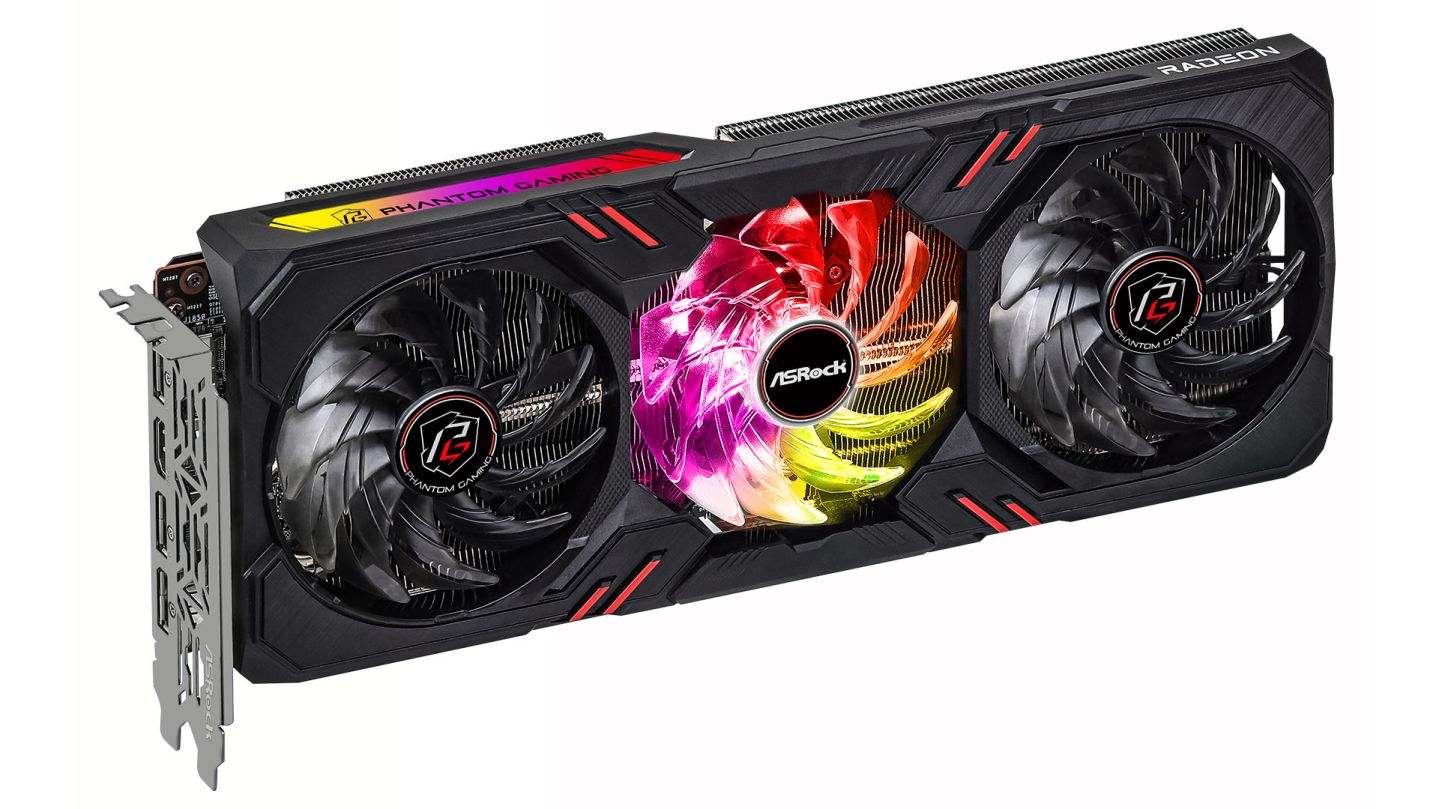
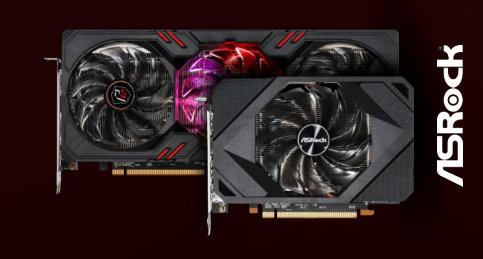
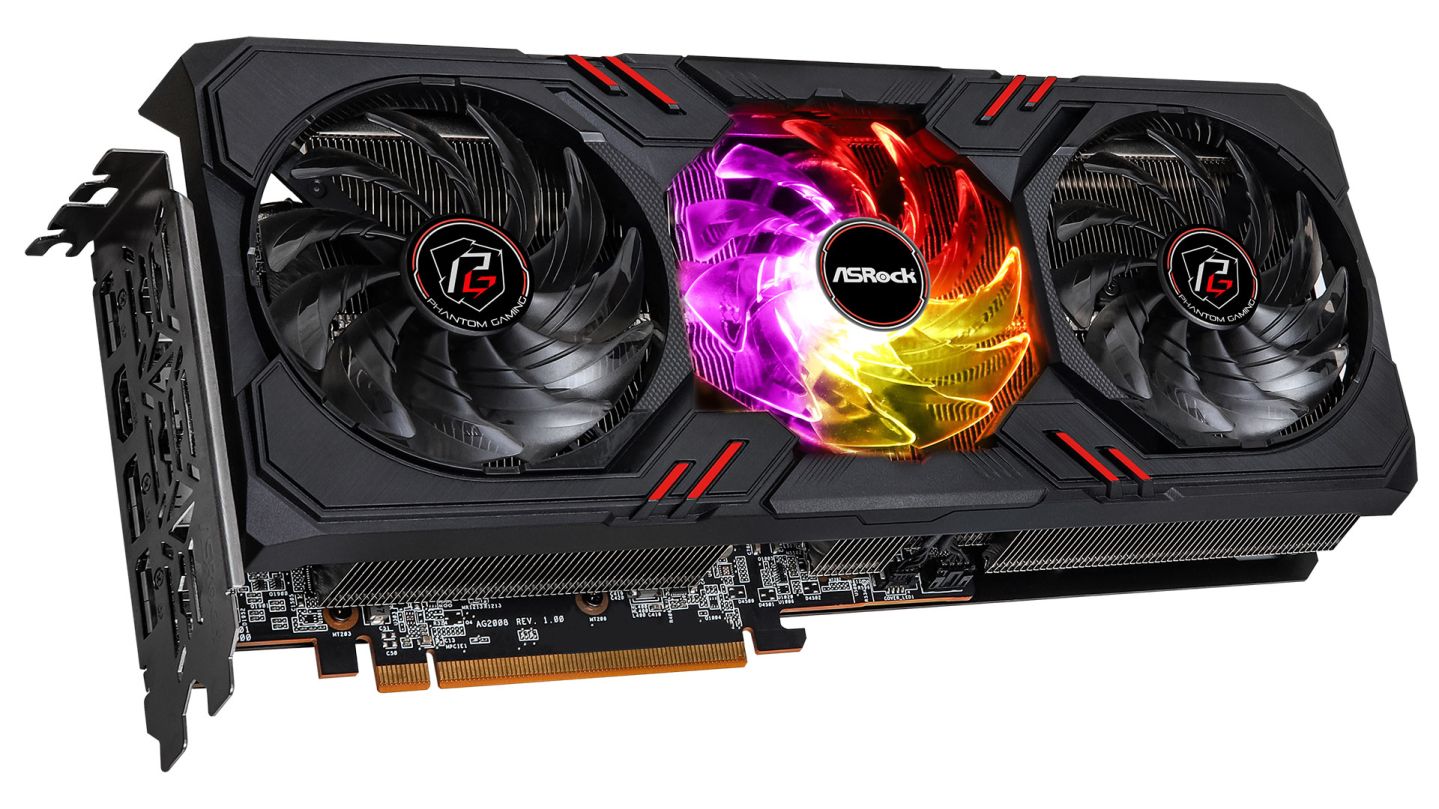
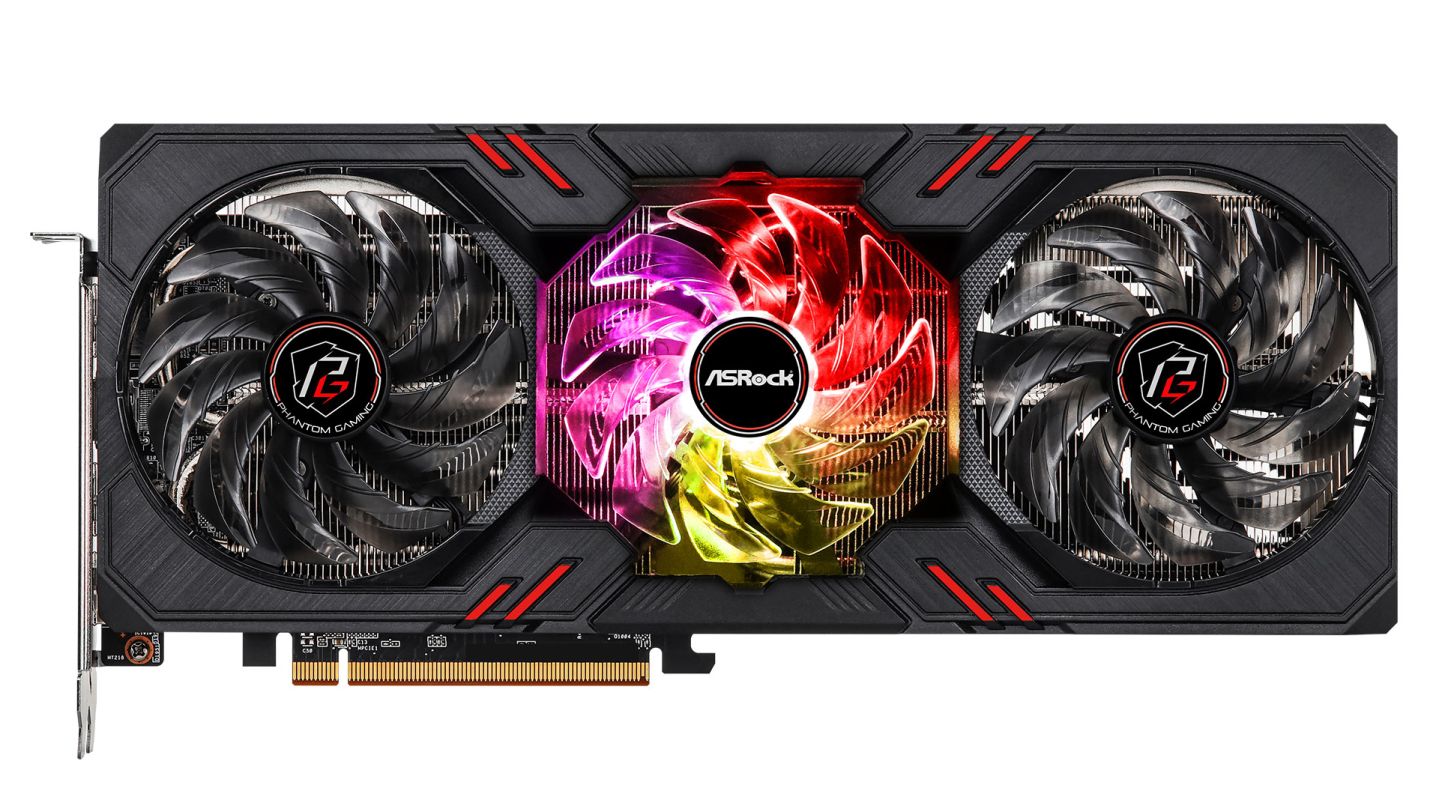
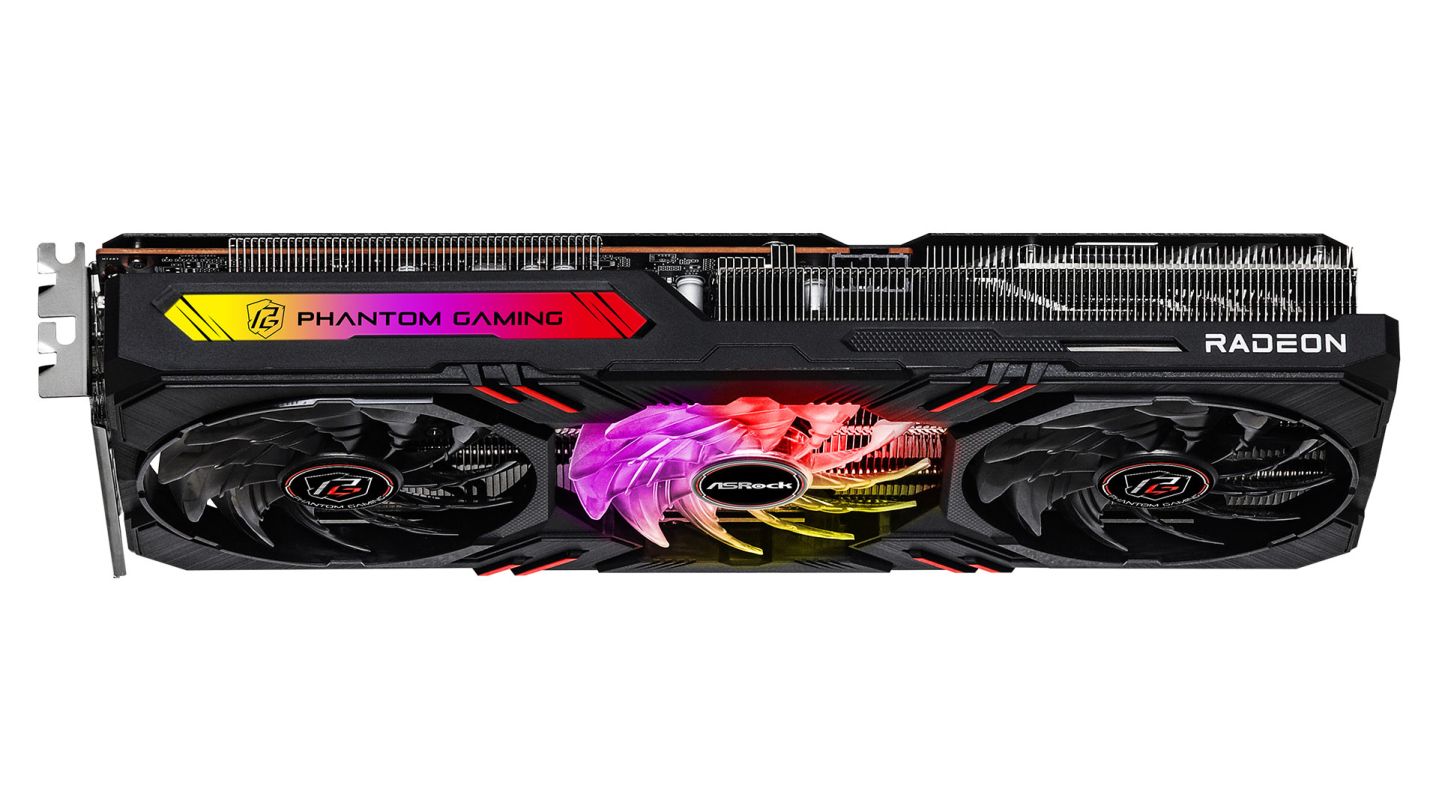
ASRock unveiled two RX 6600 XT models, clearly catering to different market segments with each. For larger desktops, it has a triple-fan cooling solution in the ASRock Phantom Gaming model, which features RGB lighting galore and an over-engineered cooling solution compared to other brands. That should help with reducing operational temperatures and noise levels, though it appears the card still uses the minimal 1x8-pin power connector. With a baseline 160W TDP, however, even heavily overclocked cards might not need more than that.
The other ASRock solution is a Mini-ITX design, equipped with a single fan and a significantly smaller PCB and cooler. The Mini-ITX model is tiny compared to the Phantom Gaming, yet ASRock managed to make both designs out of the Navi 23 silicon. So far, ASRock is the only company providing a single fan mini-ITX model that we're aware of, but that could change.
Asus

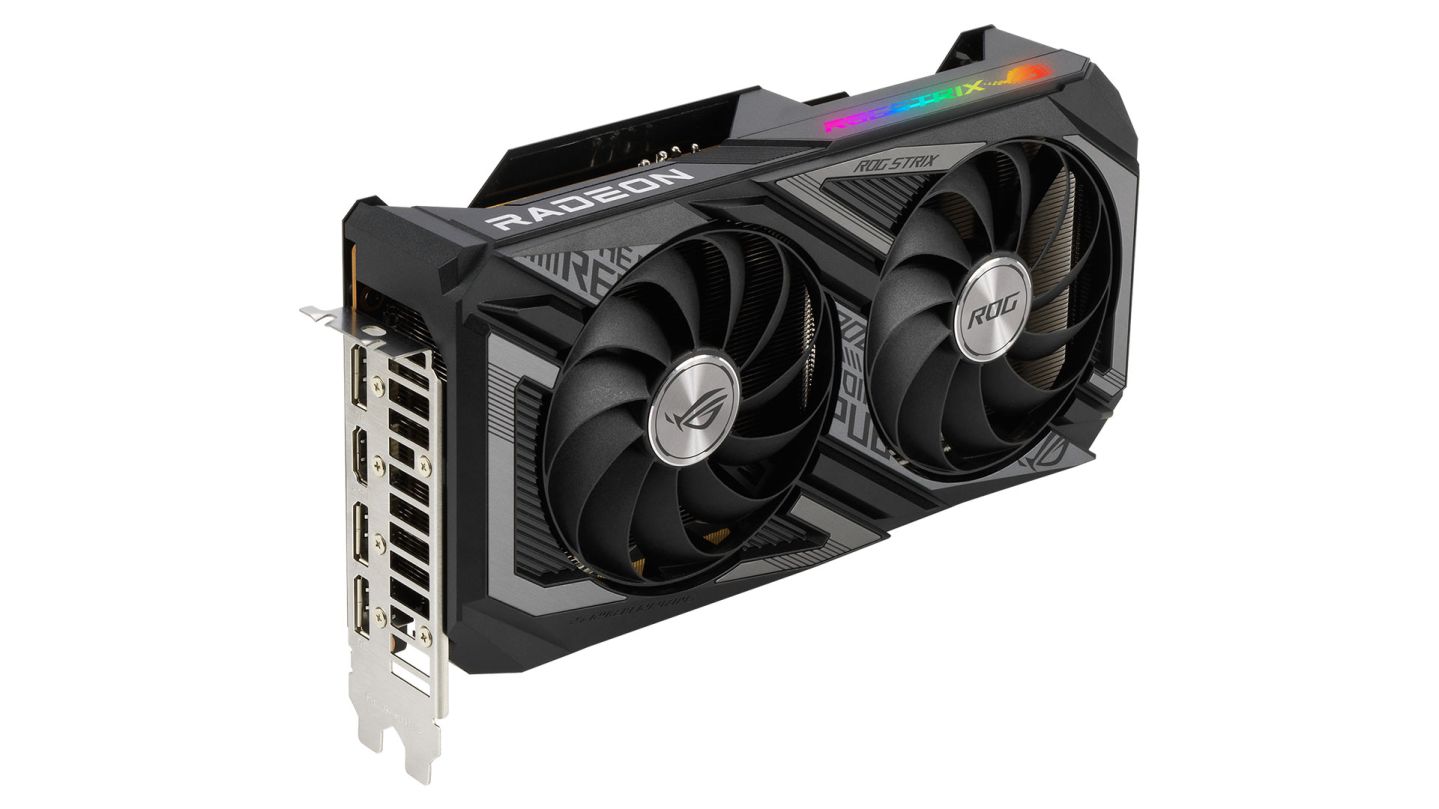
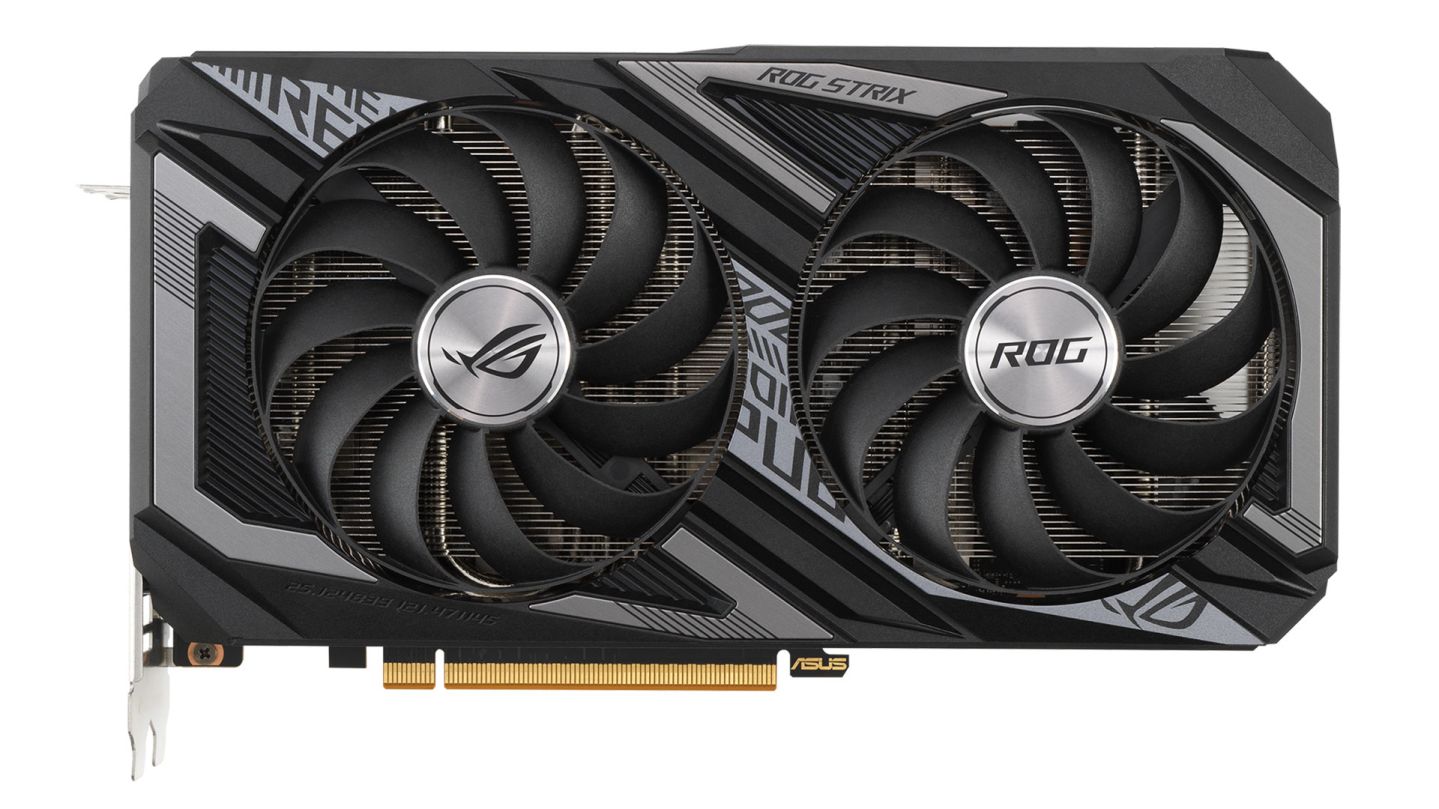
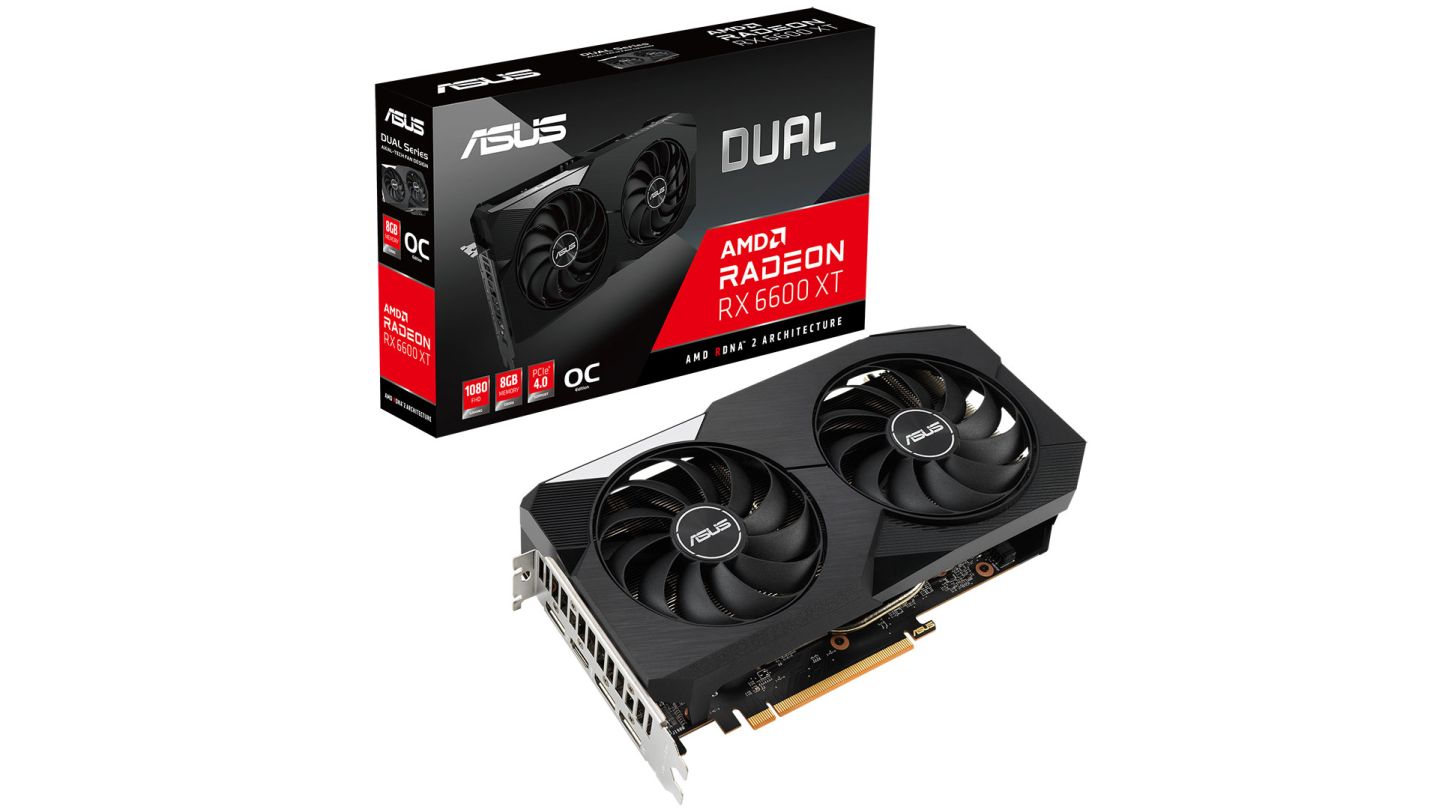

Asus showcased two different RX 6600 XT designs. The ROG Strix features a dual-fan, dual-slot cooling solution, with a two-tone design and RGB accents denoting its more premium origins. The other model announced is the Asus RX 6660 XT Dual, which features a cooling solution that looks similar to the Strix model, in that it's still a dual-fan, dual-slot affair, but it loses RGB lighting and has a more subdued black and gray design.
In looking at the images and product announcements from Asus, both cards feature a single 8-pin connector. Again, that's enough for up to 225W of power, counting the 75W from the x16 slot, so even with overclocking that should be sufficient.
Gigabyte
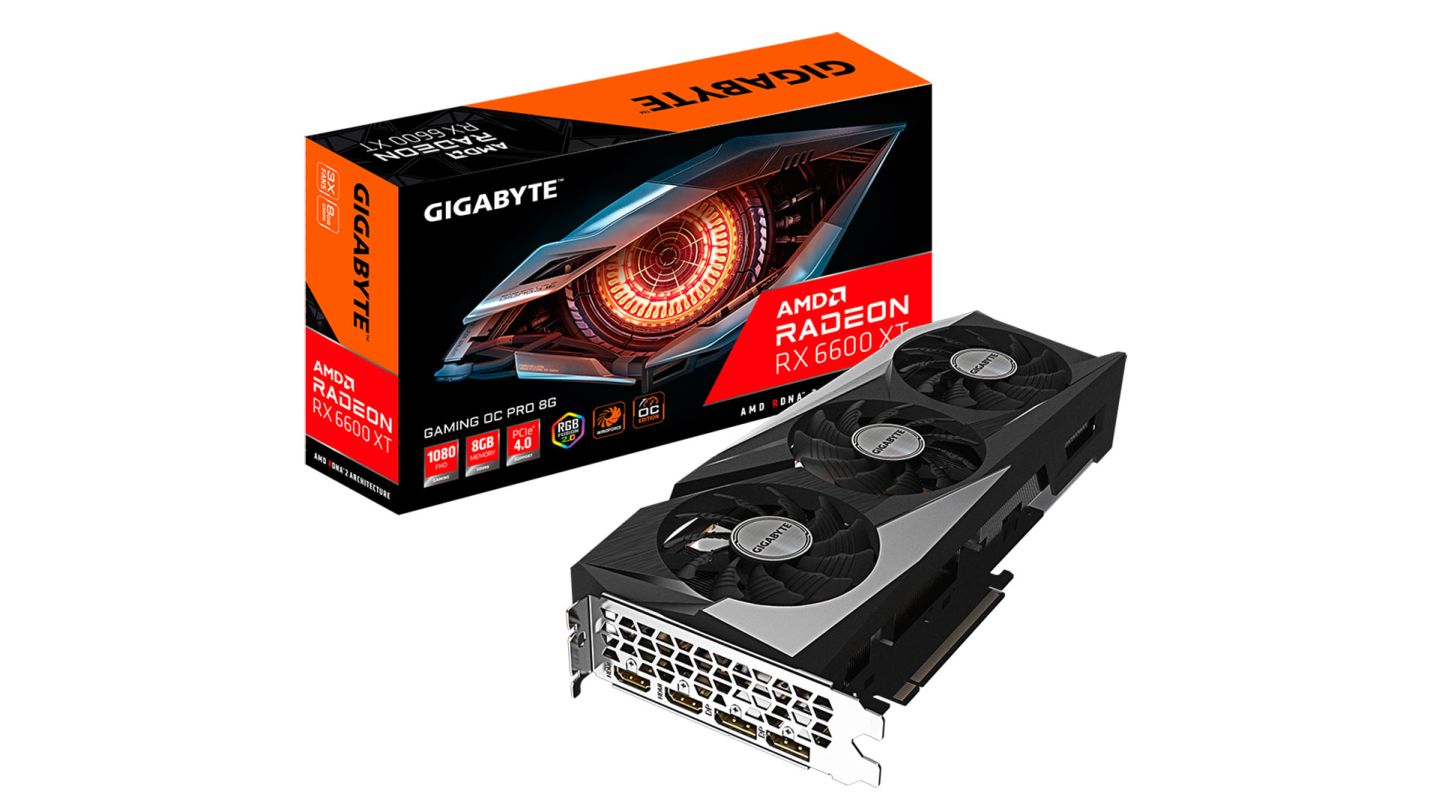
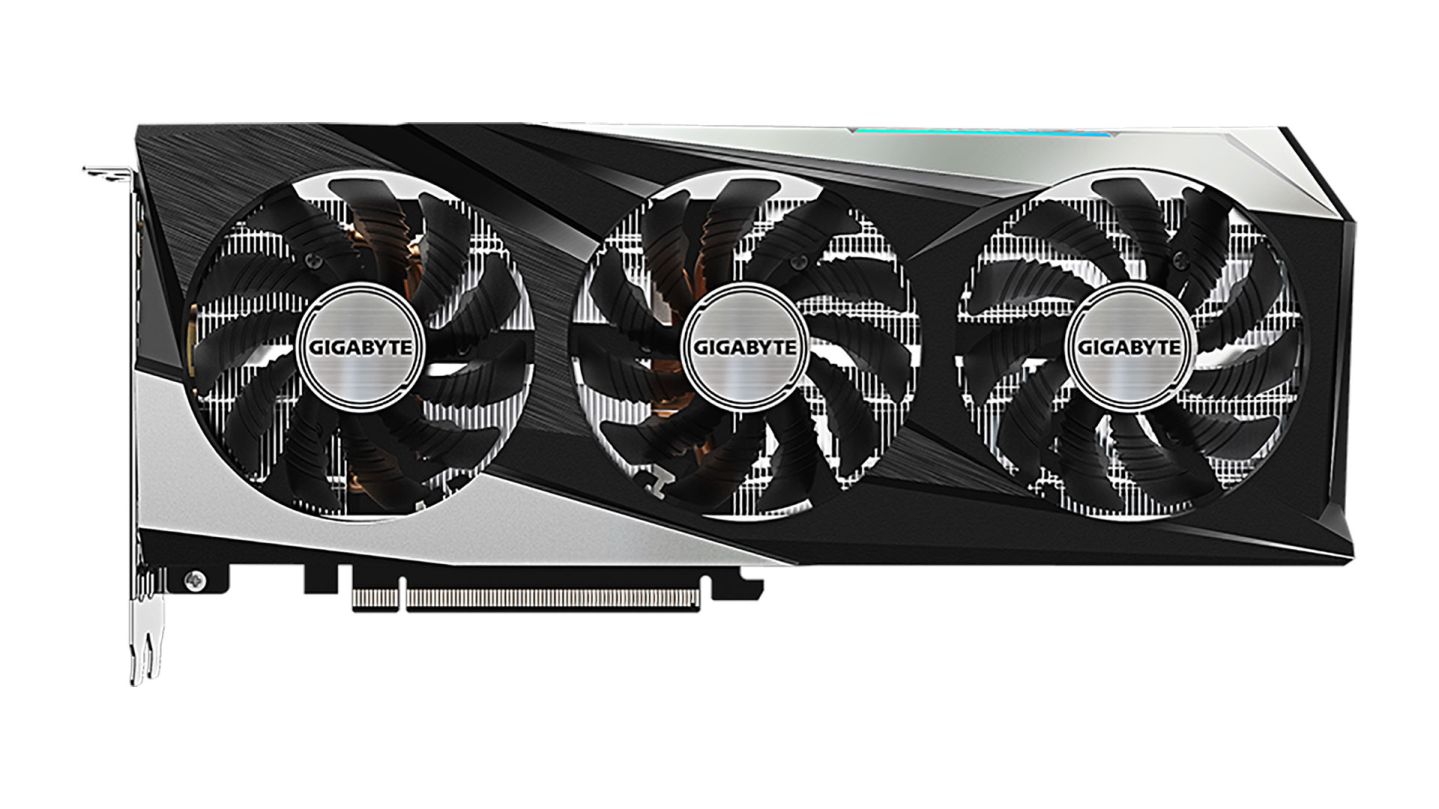
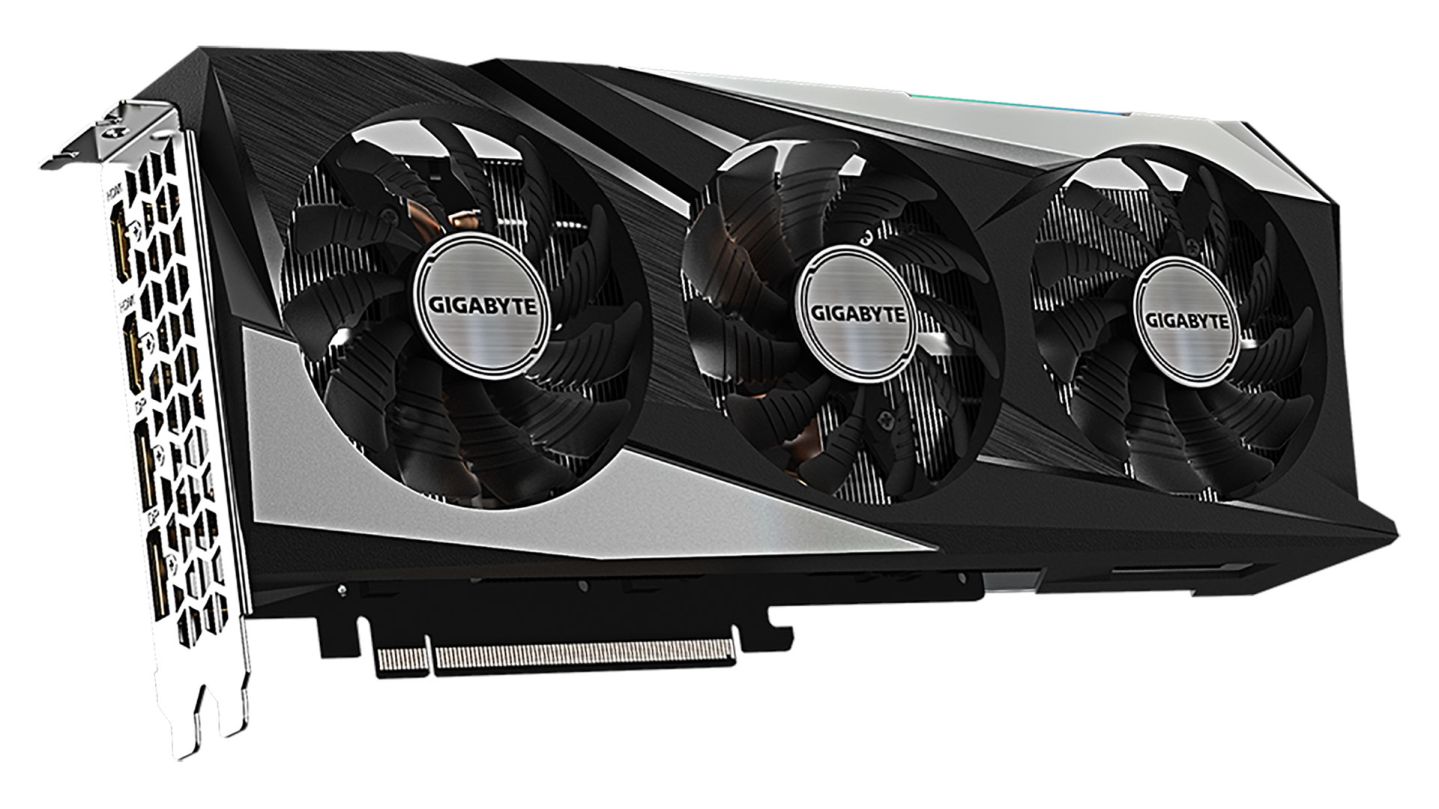


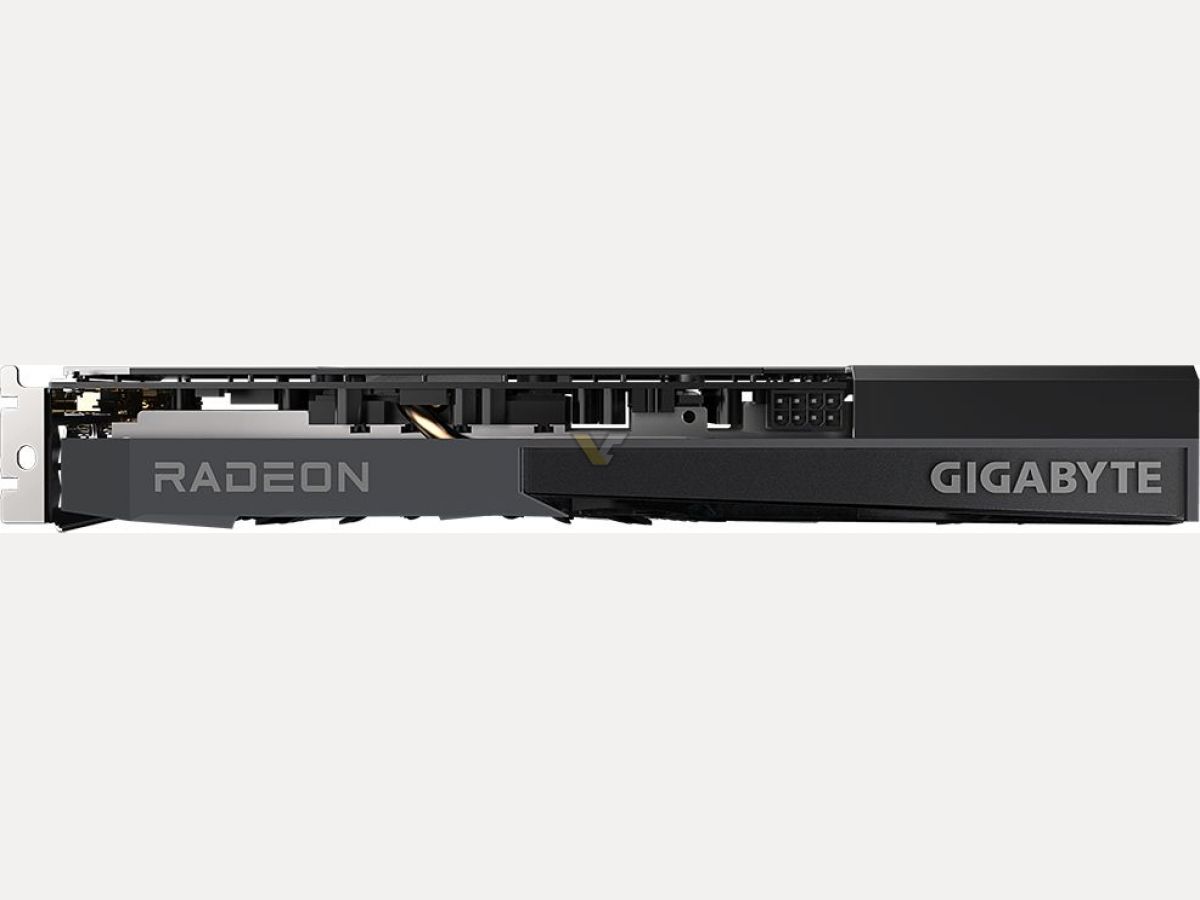
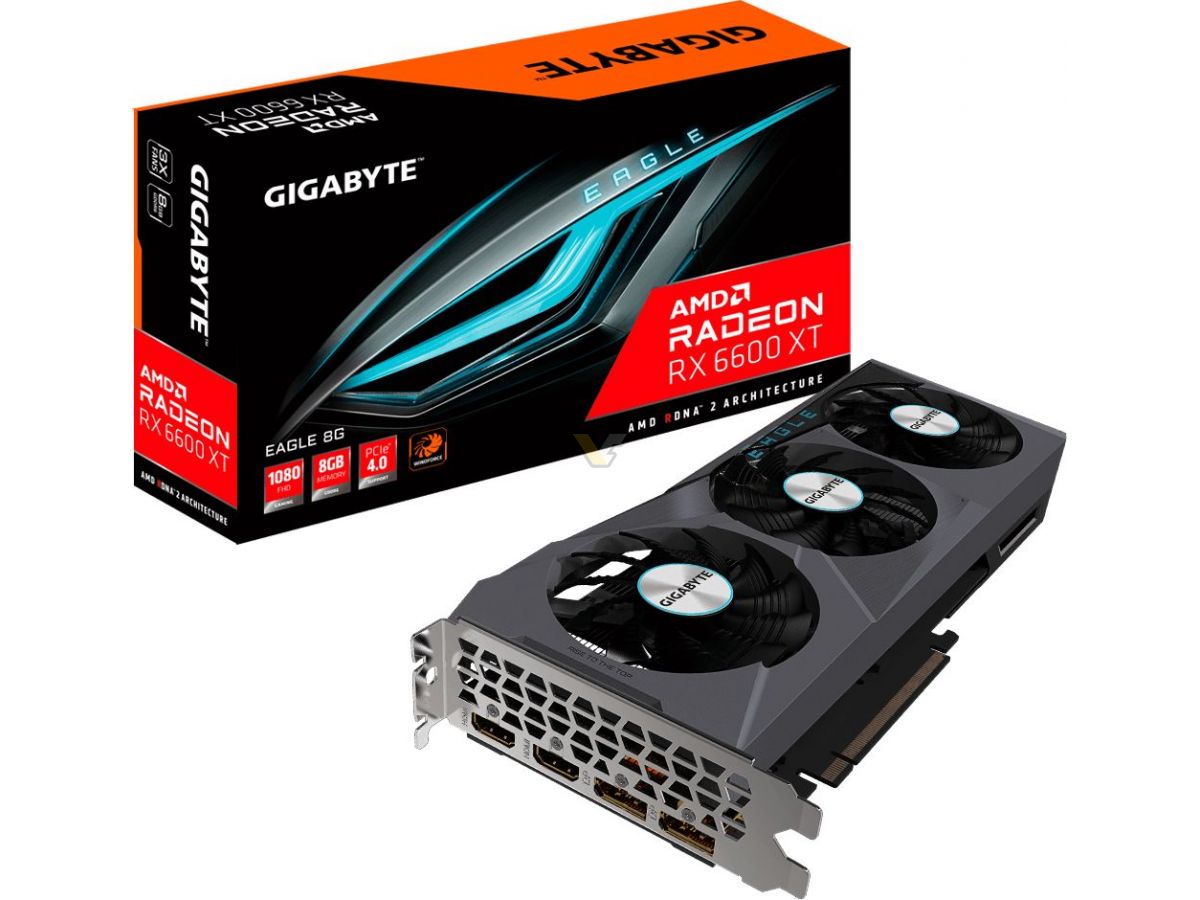

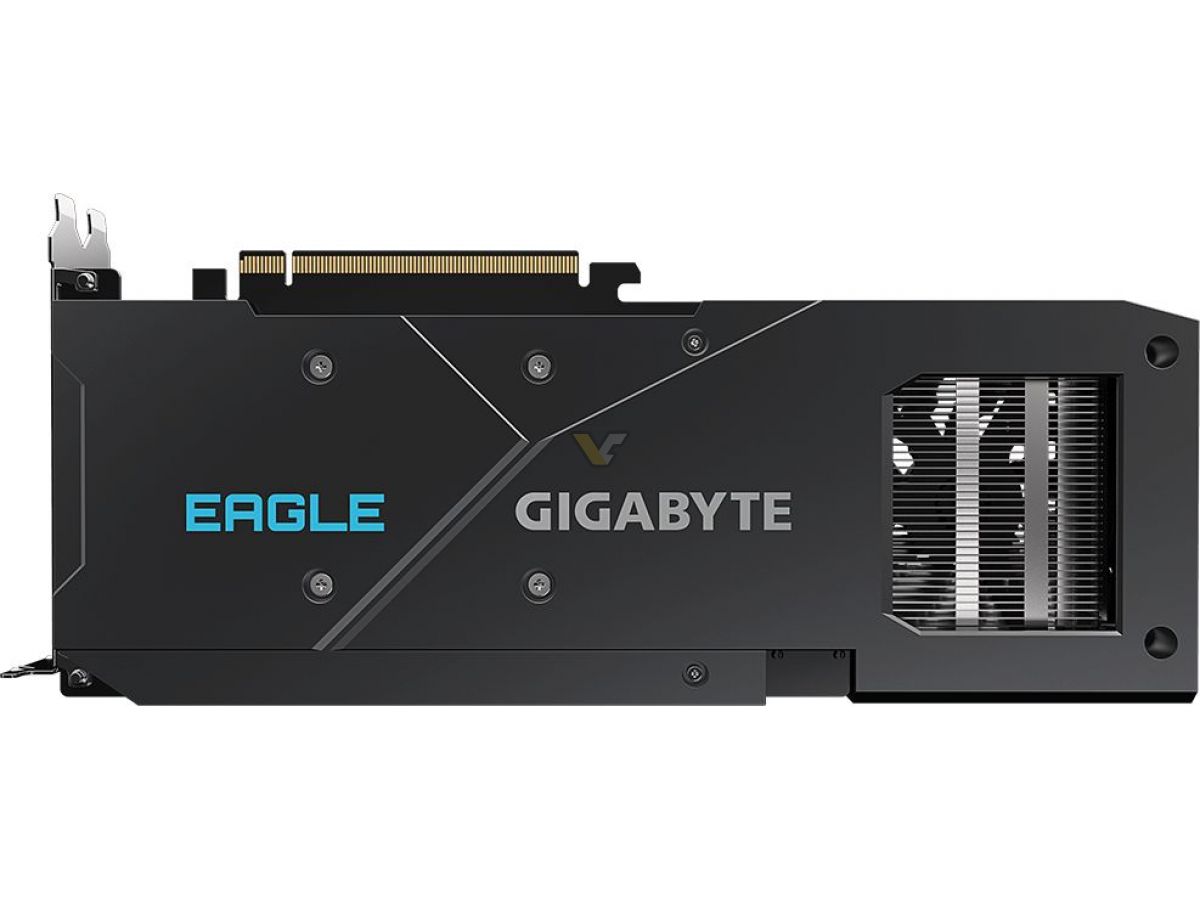
Gigabyte chose to go the triple-slot, triple-fan way with its two RX 6600 XT graphics cards, the Gaming OC and Eagle. Gigabyte's Gaming OC stands higher in the company's ladder, with RGB elements and silver coloring added plus its triple-slot (2.5-slot), triple-fan cooling solution. The Eagle still has triple fans, but features a standard 2-slot width. Both the Gaming OC and Eagle graphics cards use a single 8-pin connector, meaning they're limited to 225W maximum power (at least if you stay within spec). Both cards feature the company's Ultra Durable components and Windforce 3X cooling design that's been imported from higher-tier Gigabyte cards.
MSI


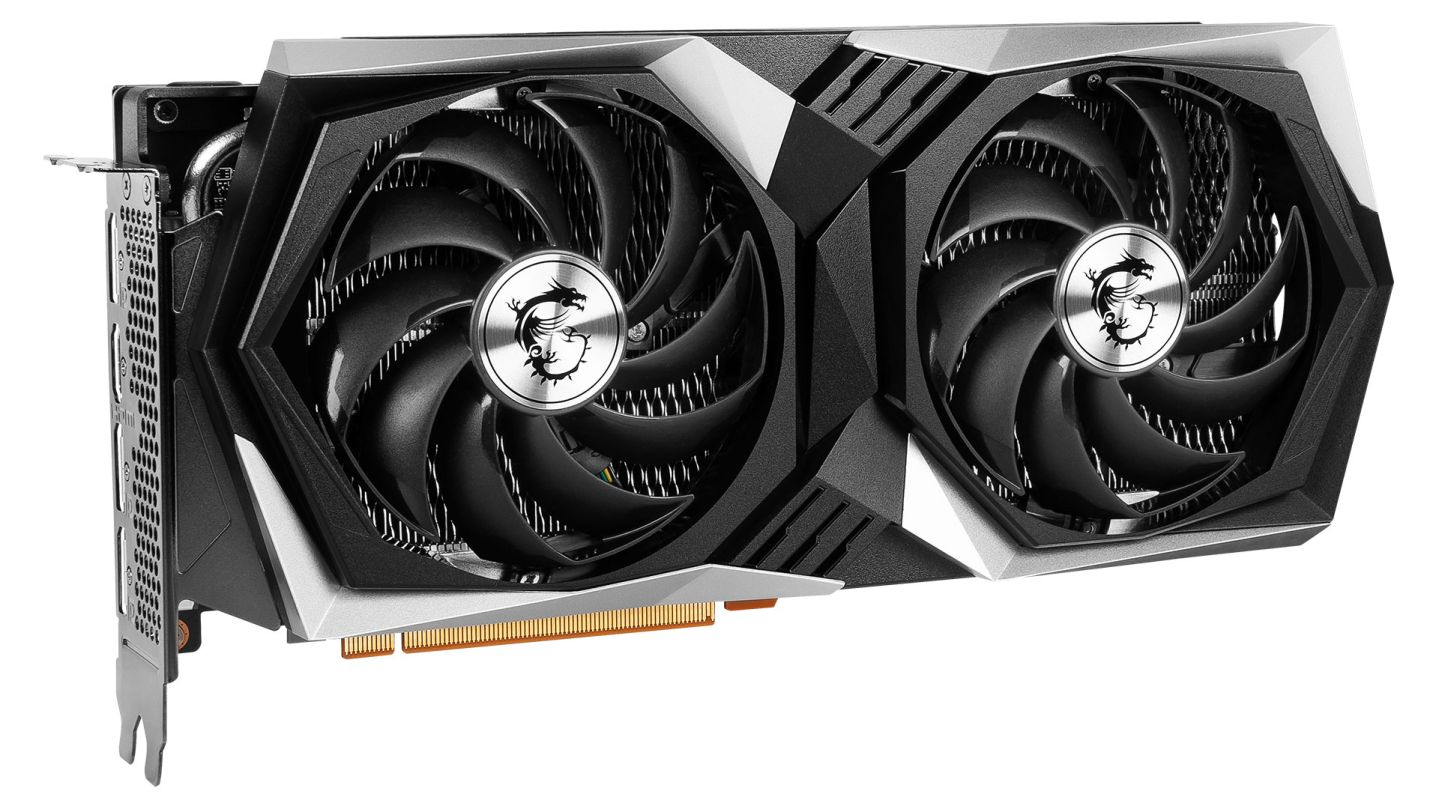
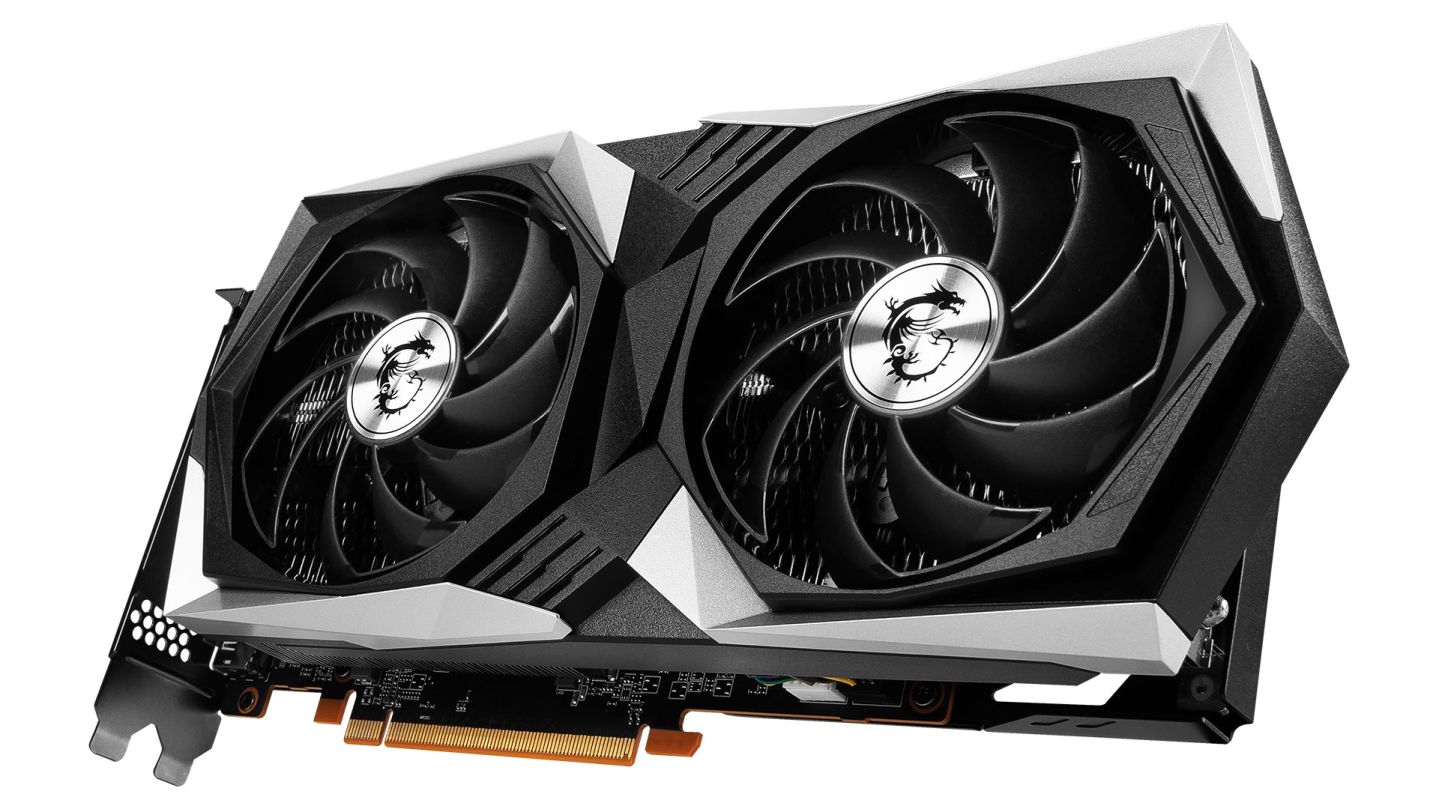
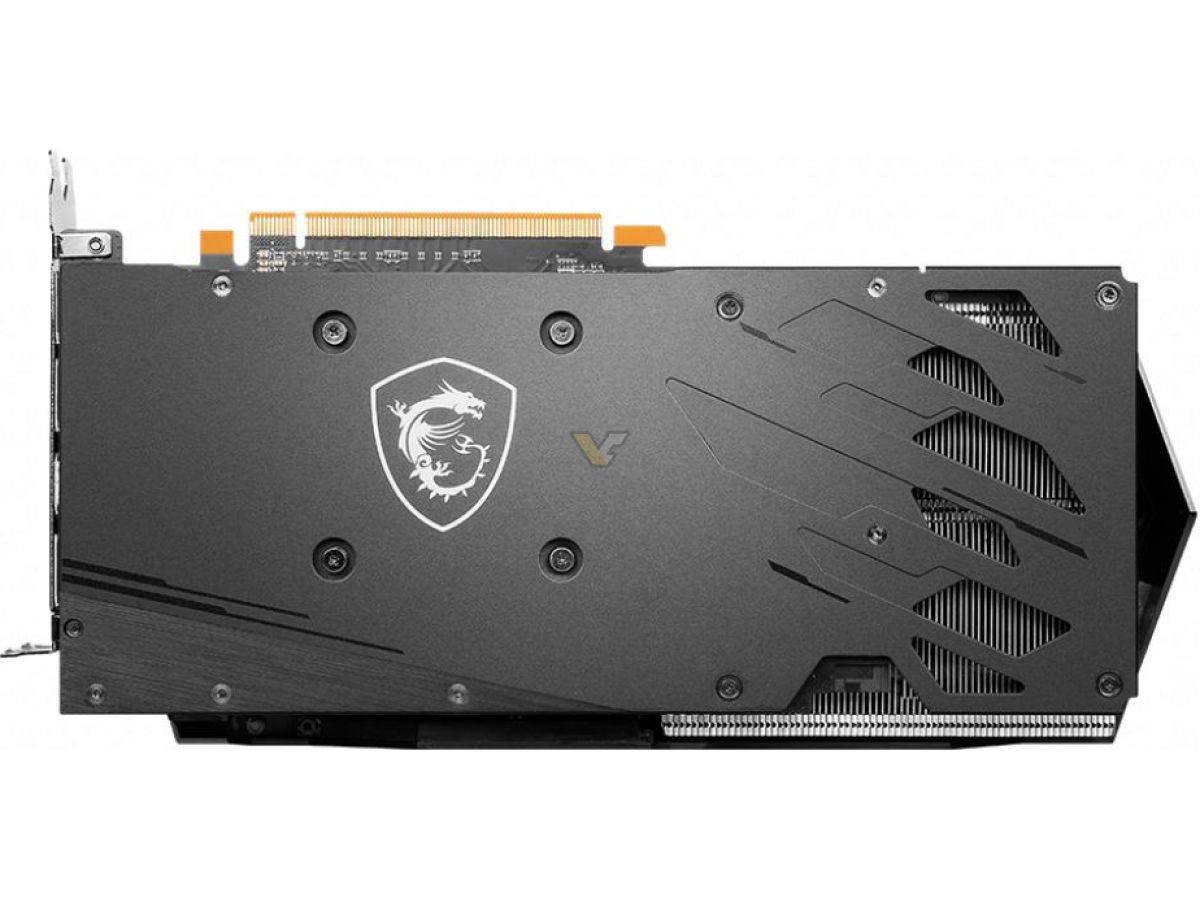
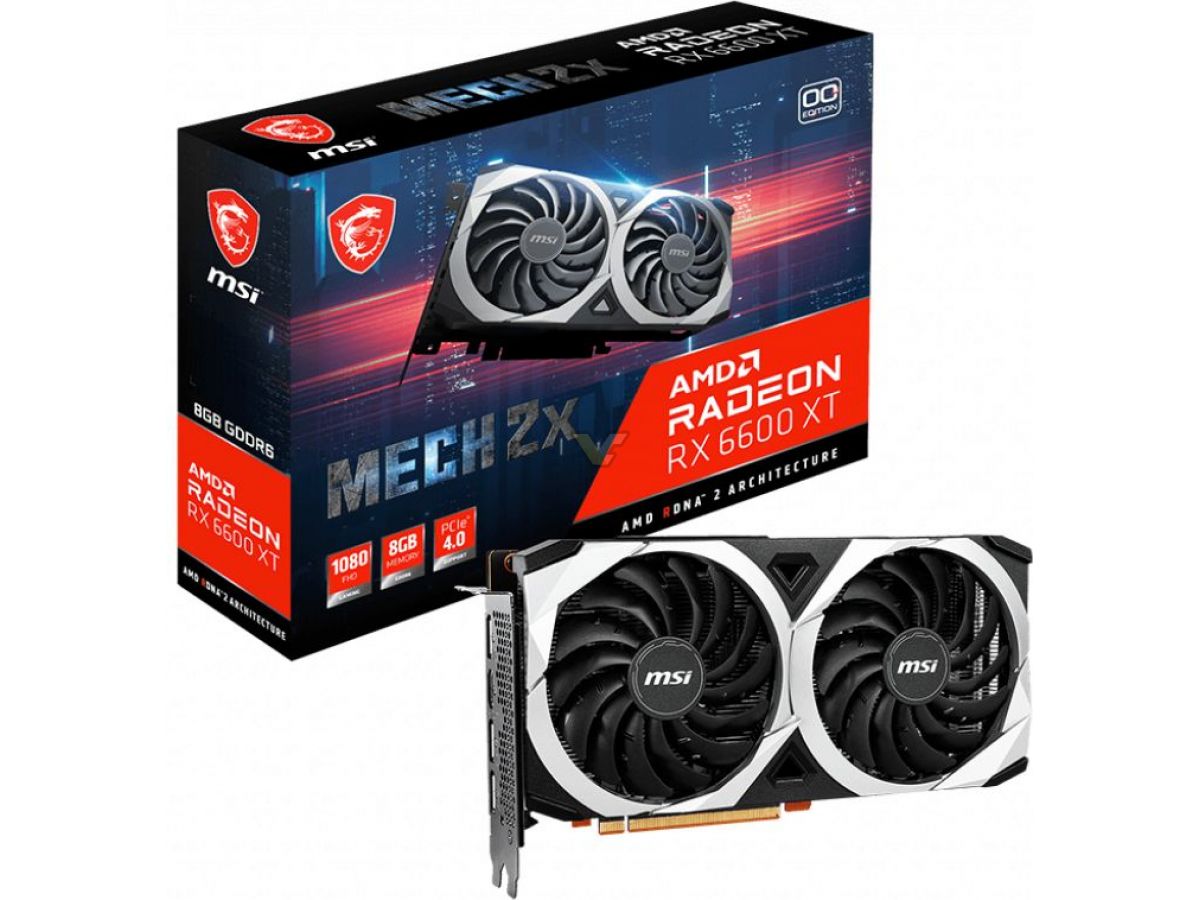
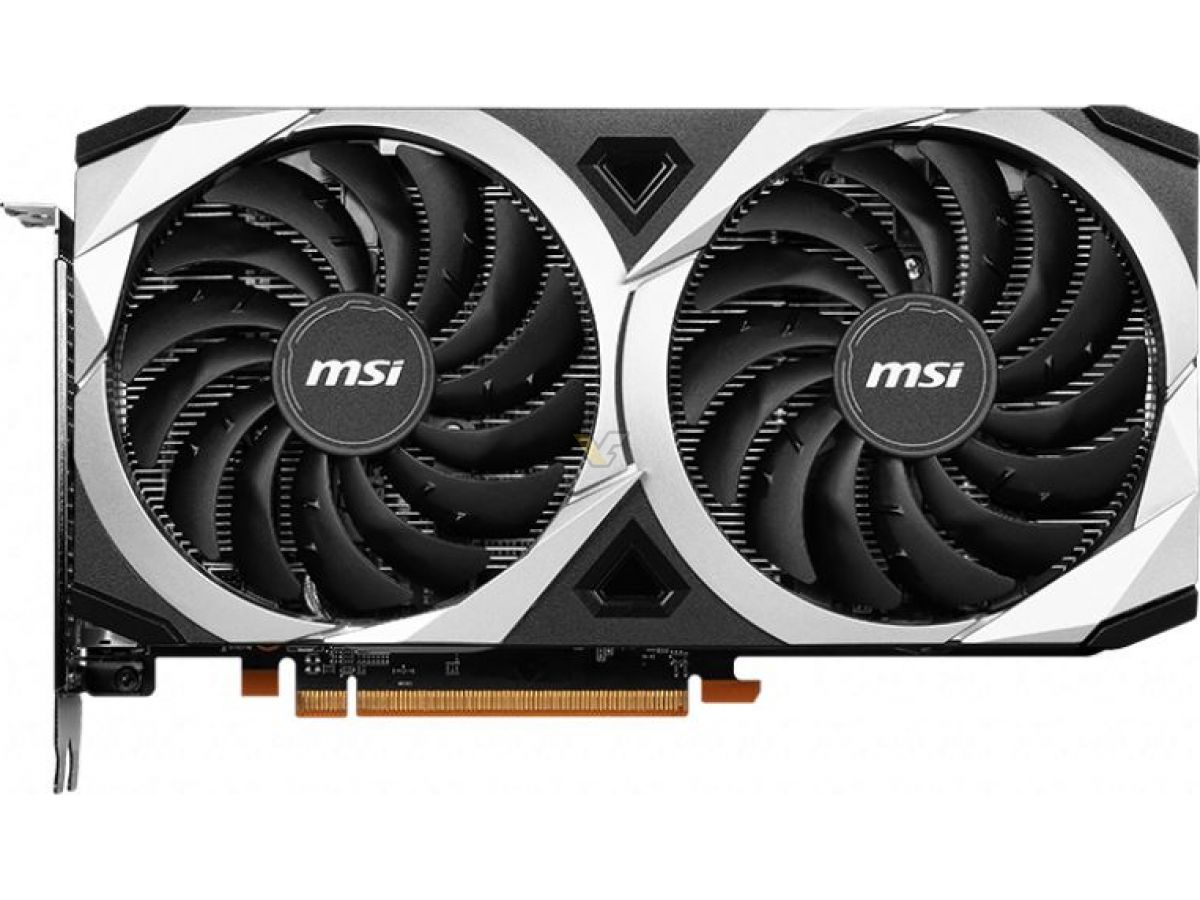
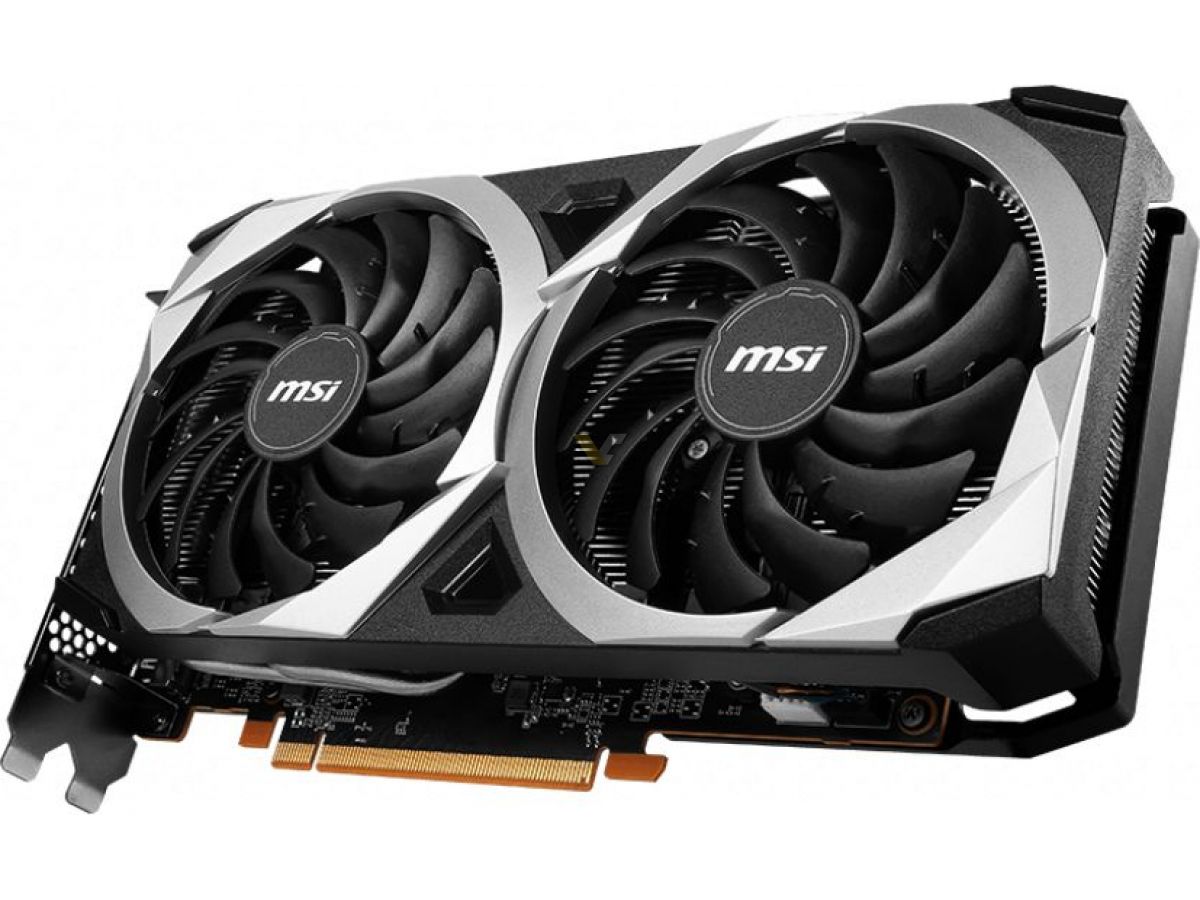

MSI chose to go for quantity, launching not two but four different designs for the RX 6600 XT. Sort of, as MSI actually launched two different designs but further segmented them by differentiating their higher-clocked models with the X suffix.
MSI's top-tier offering is the RX 6600 XT Gaming X, with its RGB MSI branding and silver-black color scheme. The card features a dual-fan, 2.2-slot Twin Frozr 8 cooling solution and a single 8-pin connector. It also sports MSI's Torx 4.0 fans, their latest technology iteration. Another version of this graphics card will be available as the RX 6600 XT Gaming, forgoing the X suffix, and lowering maximum clocks compared to the X's more aggressive factory overlock.
The other two models are an OC and non-OC version of the RX 6600 XT Mech 2X, which slots lower in MSI's product ladder. Both skip the RGB and more meticulous PCB design elements from the Gaming lineup in favor of simpler looks. The cooling solution suffers a downgrade to Torx 3.0 fans, and it also forgoes the Twin Frozr 8 branding — meaning you should expect lower cooling performance alongside the simplified looks.
PowerColor

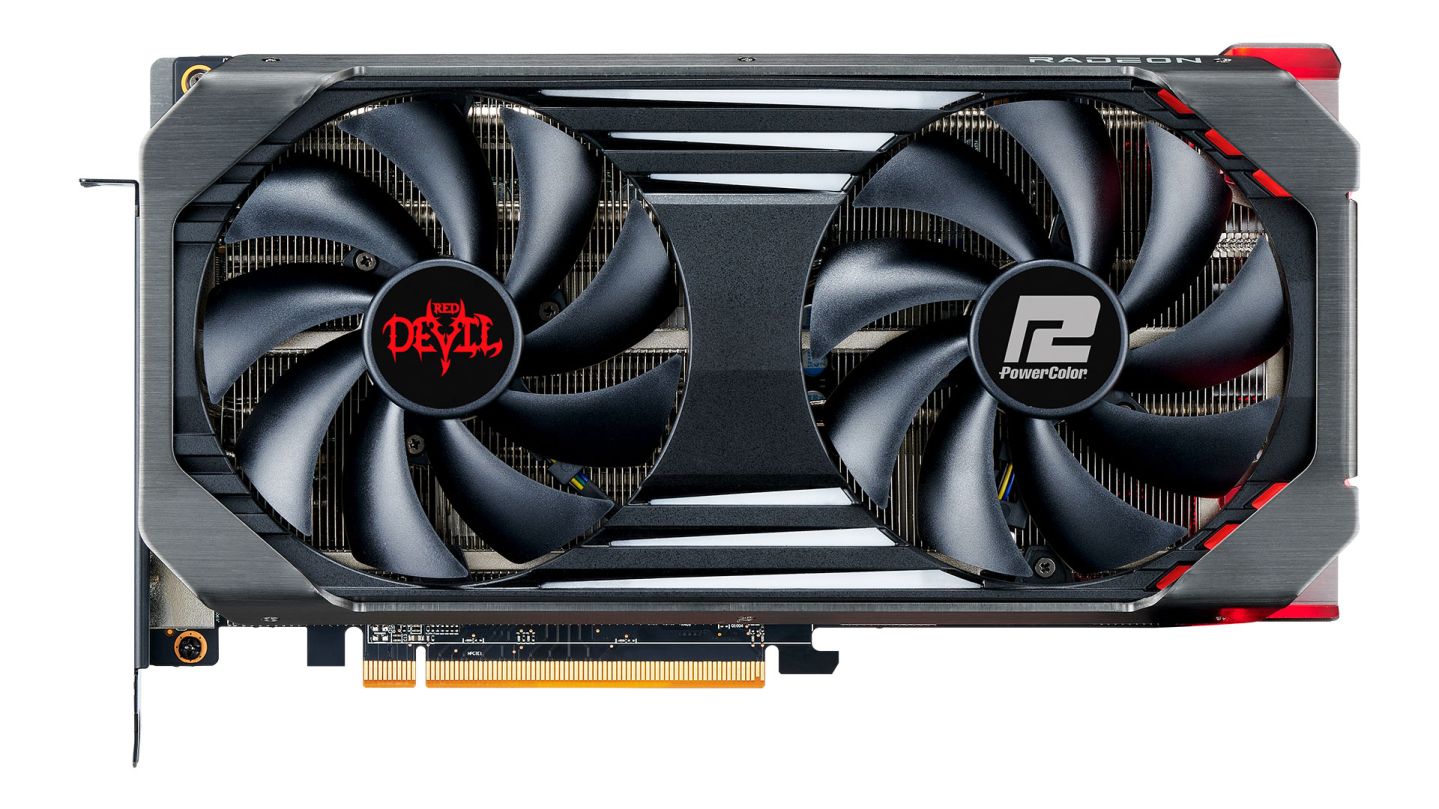
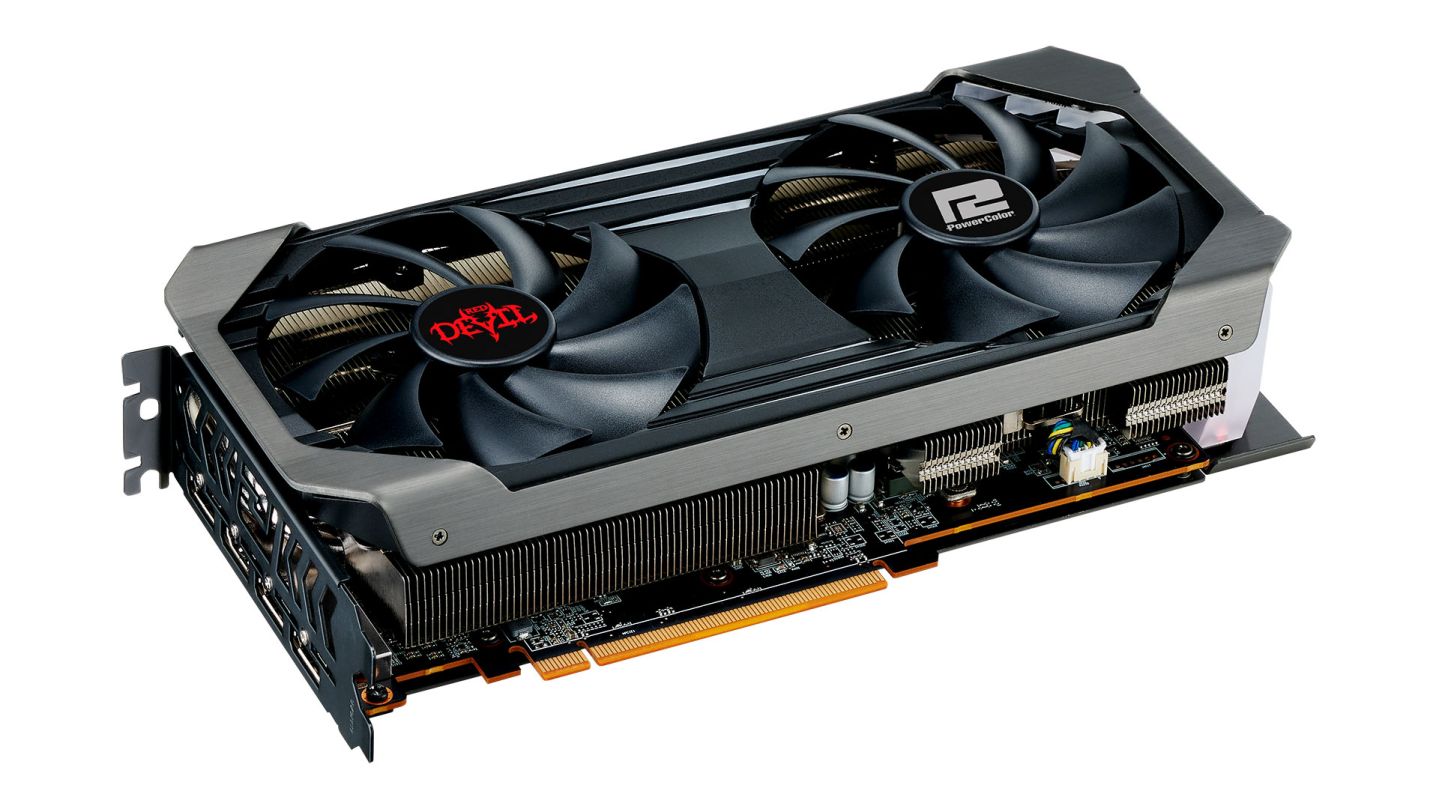
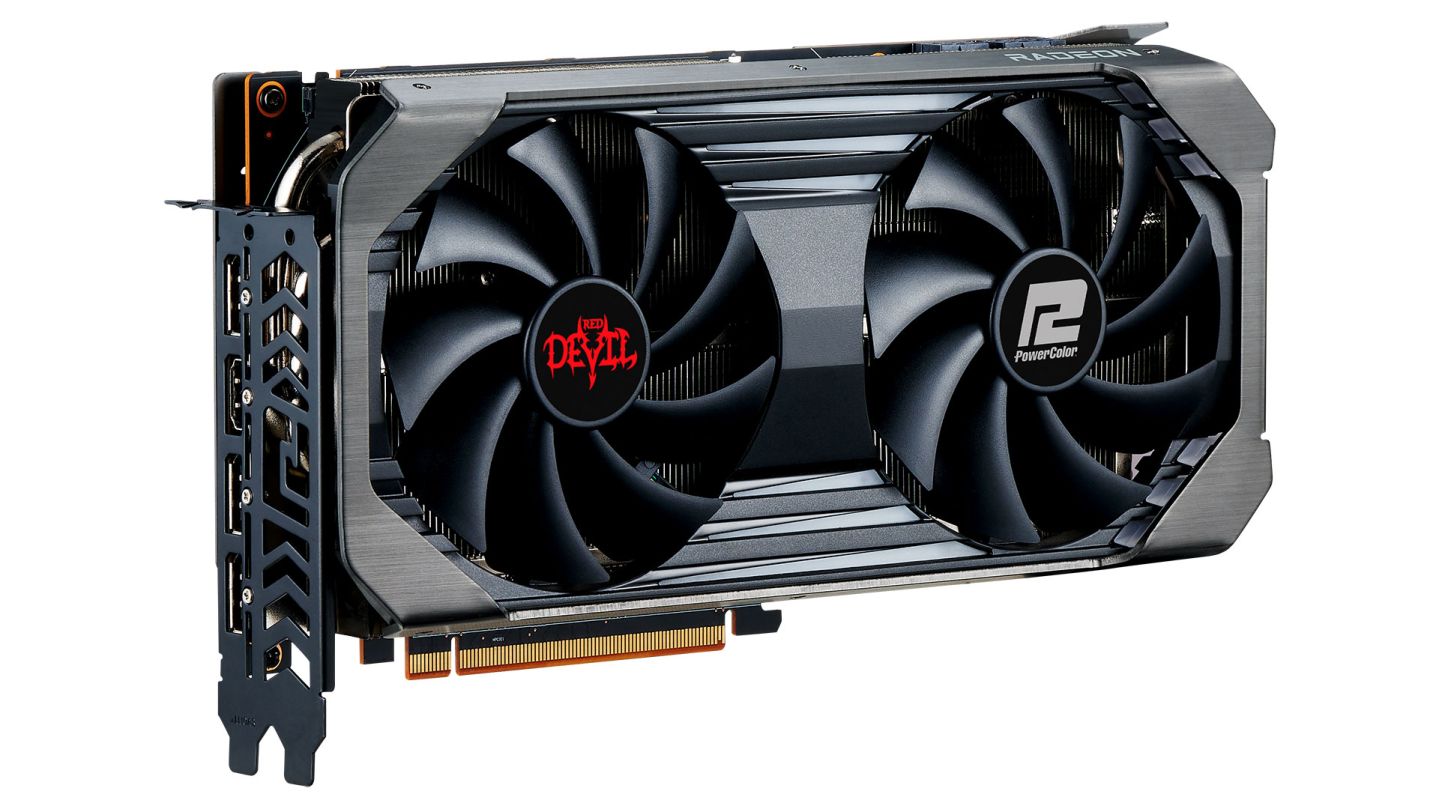
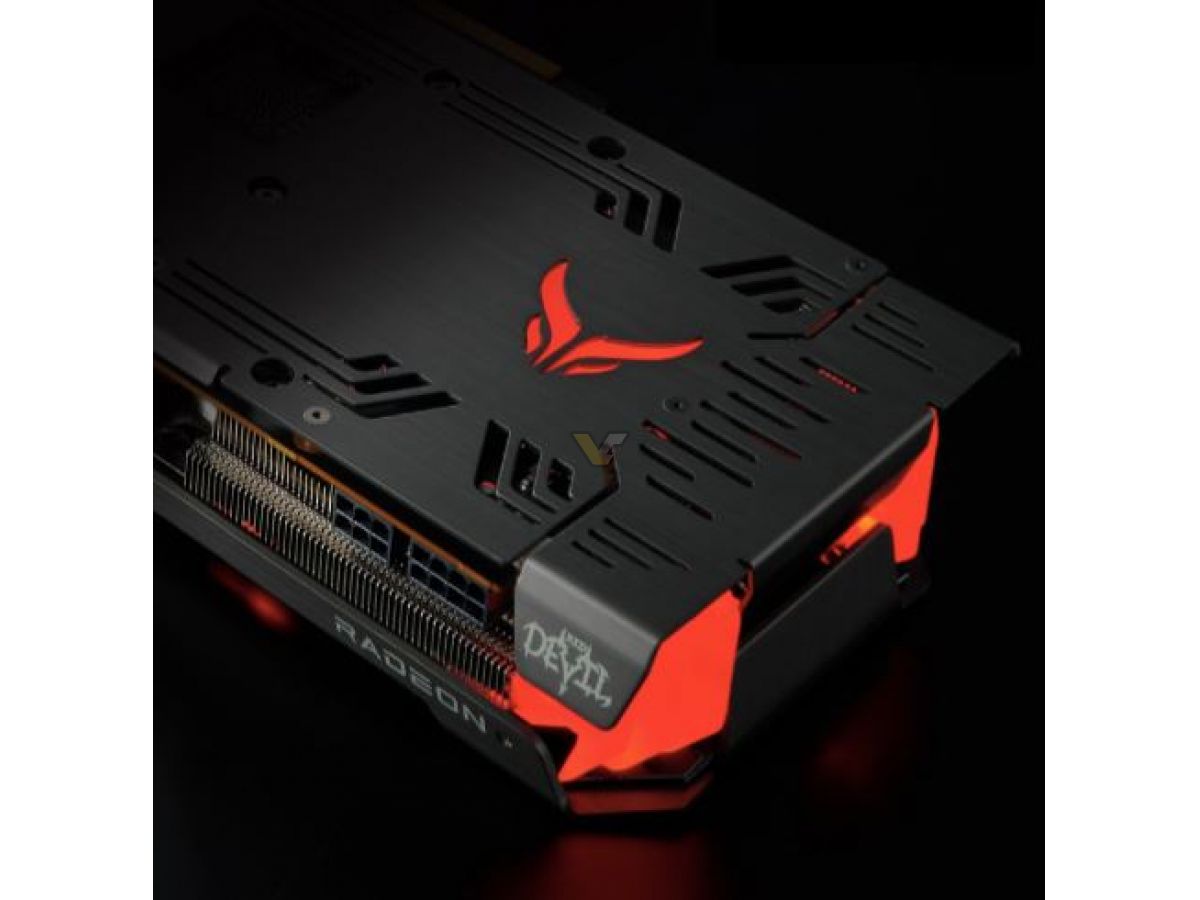
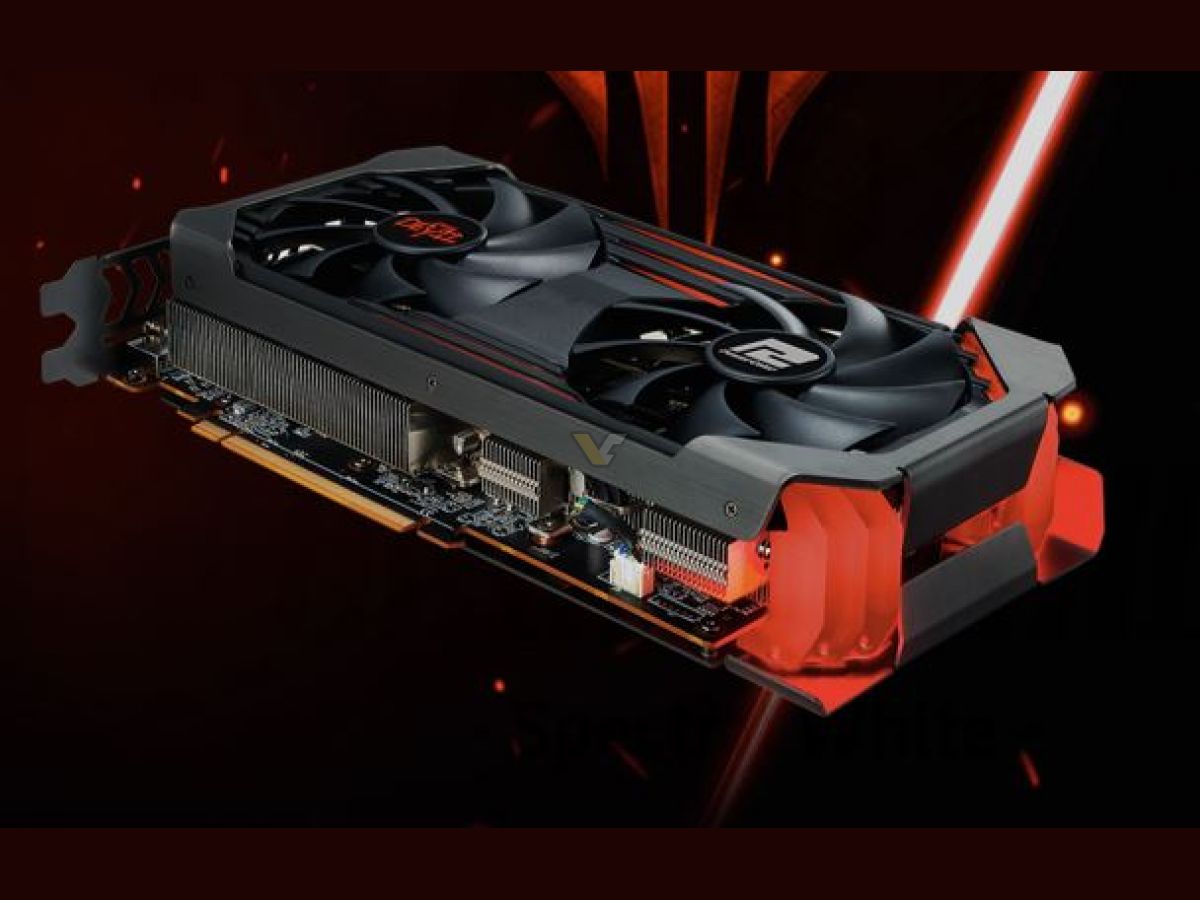

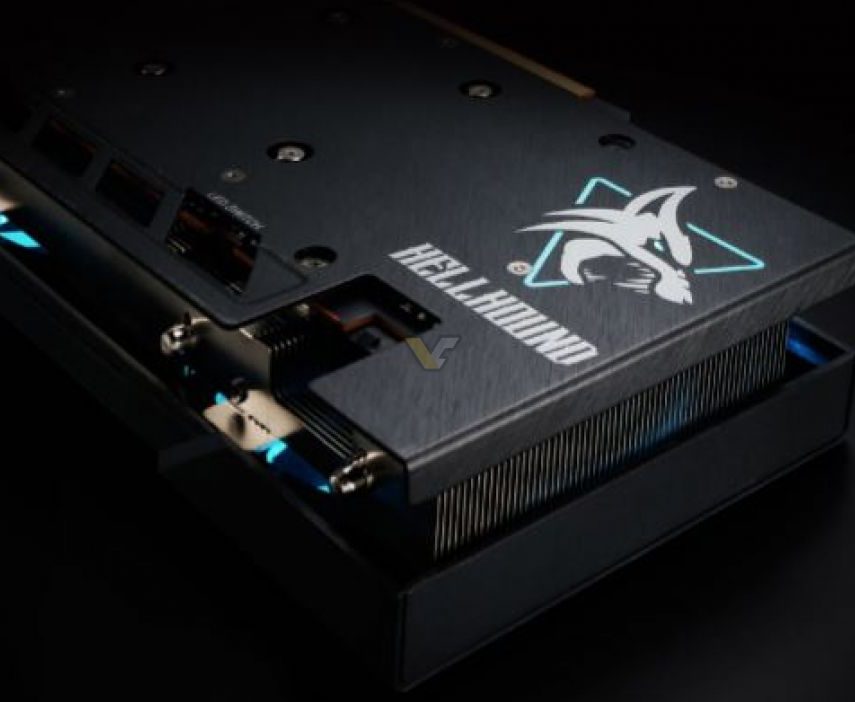
PowerColor has Red Devil and Hellhound RX 6600 XT graphics cards. Both feature a dual-fan cooling solution, with red accents on black for the Red Devil, and blue accents on black for the Hellhound. Both graphics cards feature a triple-slot clearance.
The Red Devil potentially delivers more performance than other solutions. It's one of the few AIB cards announced so far that ships with an 8-pin power connector and a 6-pin power connector. That means that the card can potentially draw up to 300W of power, nearly double the reference TDP, and this should allow for higher factory clocks. That makes sense, considering its more premium marketing position compared to the Hellhound.
Sapphire
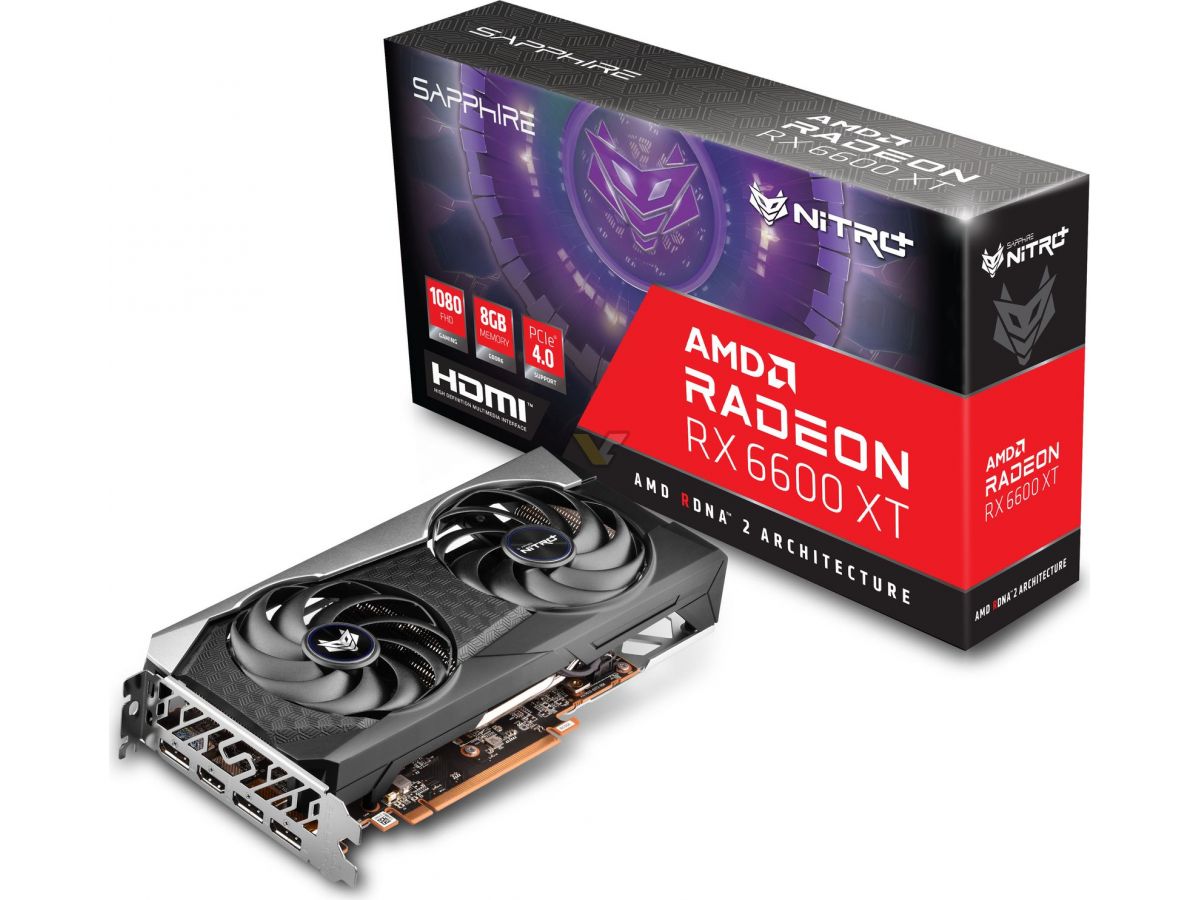
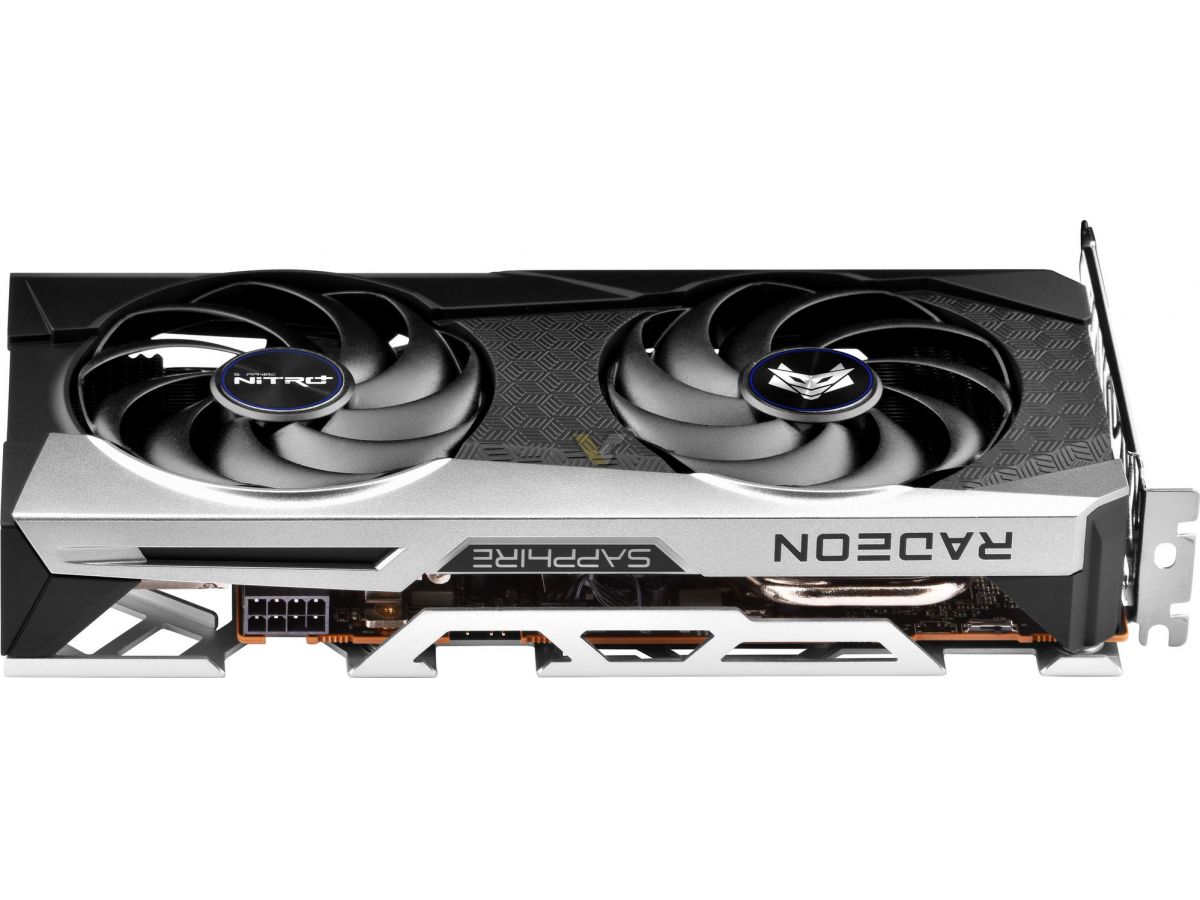
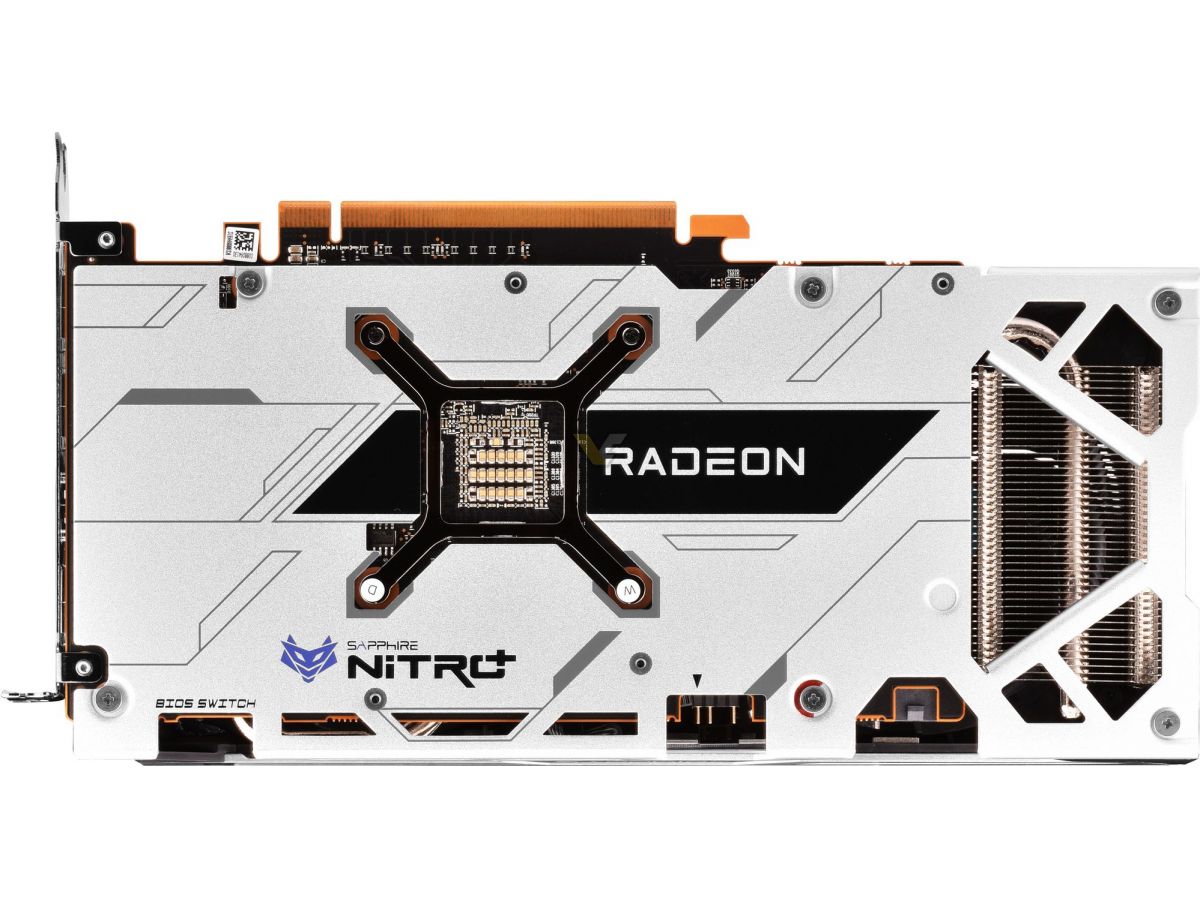



Sapphire has also introduced two graphics cards to its RX 6600 XT lineup, in the well-known Nitro+ and Pulse families. The Nitro+ is positioned higher in Sapphire's product stack, offering increased clocks compared to the Pulse graphics card, with more RGB and a rather subdued black-grey-white color scheme. The Pulse presents itself in the "gaming" segment's usual black and red color scheme. Both graphics cards feature a dual-fan cooling solution and a single 8-pin connector, and require 2.2 slots of clearance.
Get Tom's Hardware's best news and in-depth reviews, straight to your inbox.
XFX


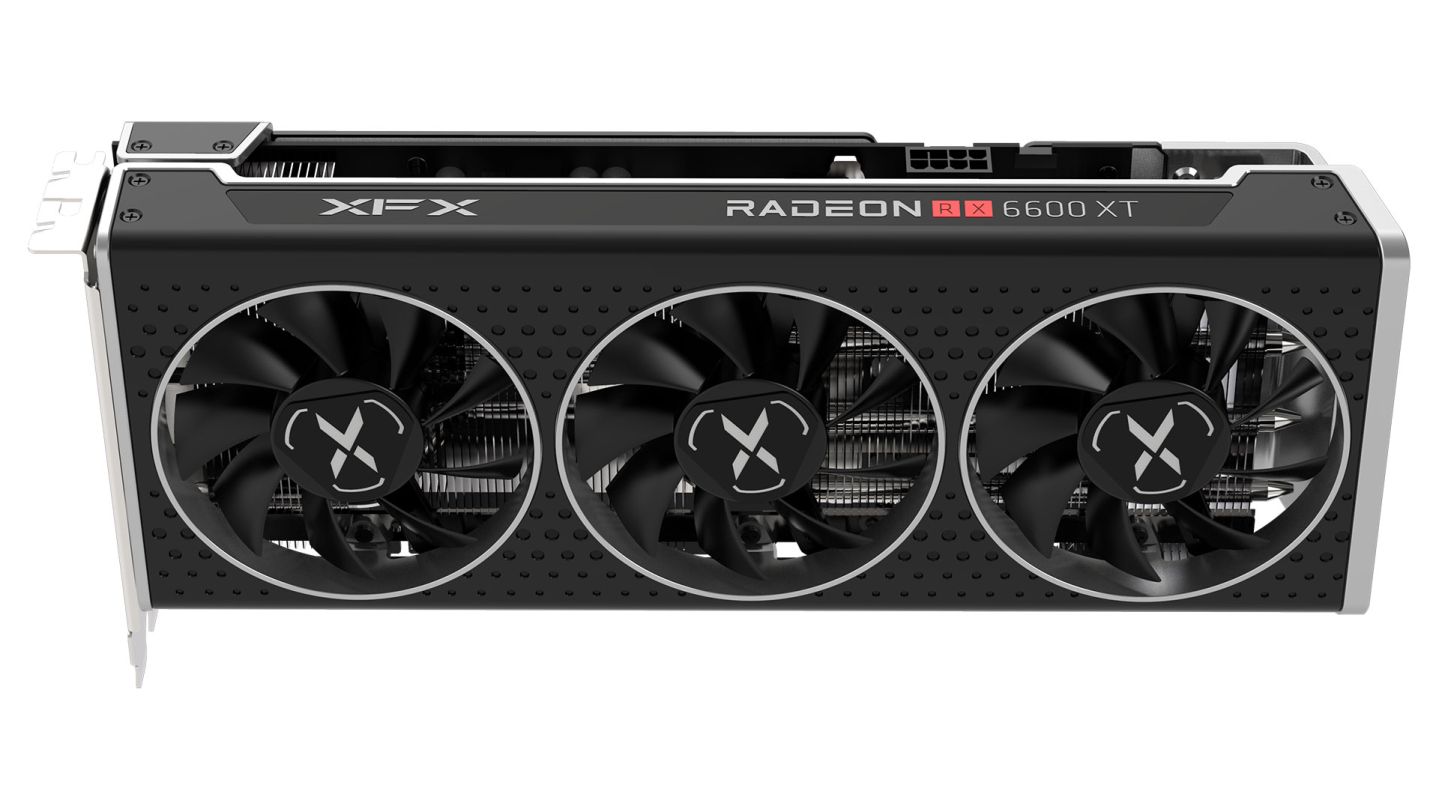

XFX keeps its weird naming scheme alive with the RX 6600 XT series, though with a single graphics card. The company announced the triple-fan cooled Speedster MERC308 Black graphics card, which features a black color scheme, although there are some light gray and red accents as well. Despite being a triple-fan cooling solution and claiming three slots of clearance, the MERC308 Black again sticks with the baseline single 8-pin connector for power delivery.
We expect additional RX 6600 XT models to be announced as time passes, particularly if supply of the Navi 23 GPU ends up better than the other AMD RX 6000-series GPUs. There are over 14 graphics card designs announced, and other manufacturers that rank lower in the GPU distribution list will undoubtedly send theirs to market as well.
The Radeon RX 6600 XT officially launches on August 11. Check back then for our full review of the card, as we see whether it can consistently surpass Nvidia's GeForce RTX 3060, despite having less memory and a narrower memory interface.

Francisco Pires is a freelance news writer for Tom's Hardware with a soft side for quantum computing.